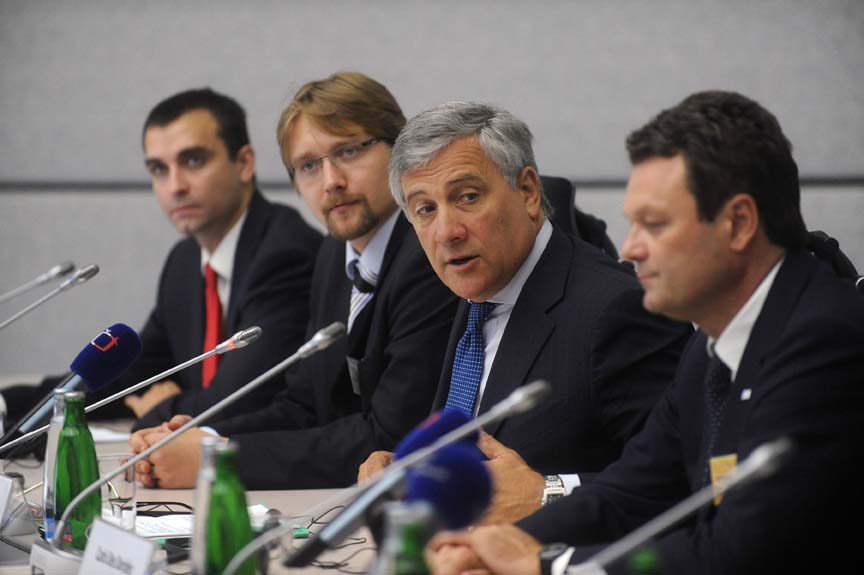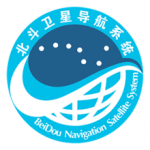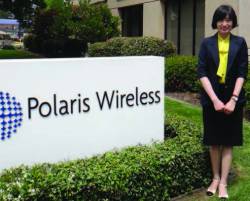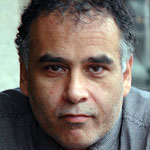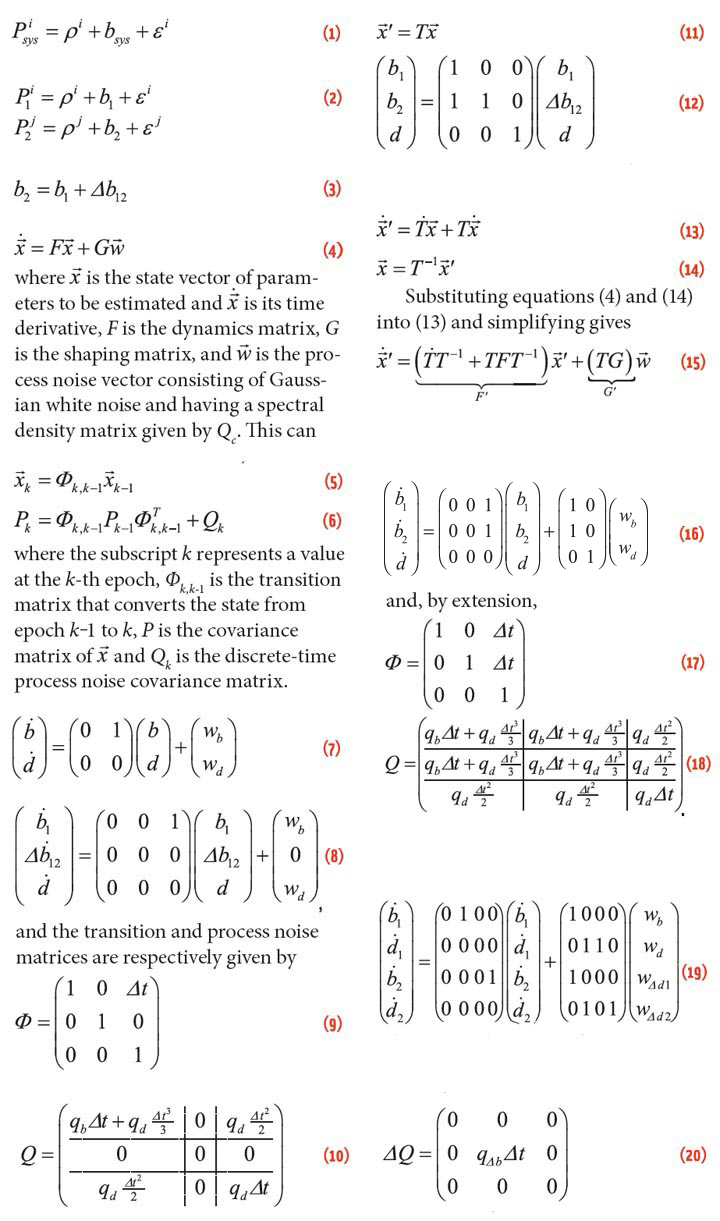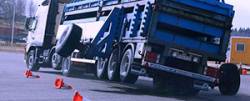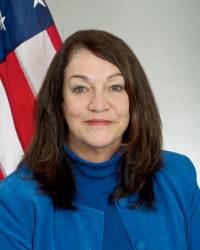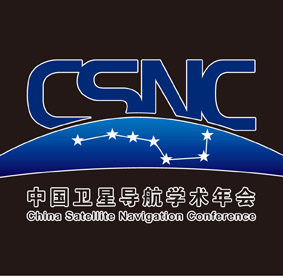Air Force Proposes Dramatic Redesign for GPS Constellation
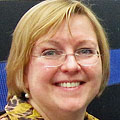
[Updated June 3, 2013] With the budget vise tightening, top Pentagon managers are readying some potentially dramatic changes to the GPS constellation — changes that promise to lower both the cost of the satellites and the expense of putting them into orbit.
The first changes would be subtle and are linked to buying the next block of GPS III satellites — a decision that sources confirm will be made by the end of September.
By Dee Ann Divis

